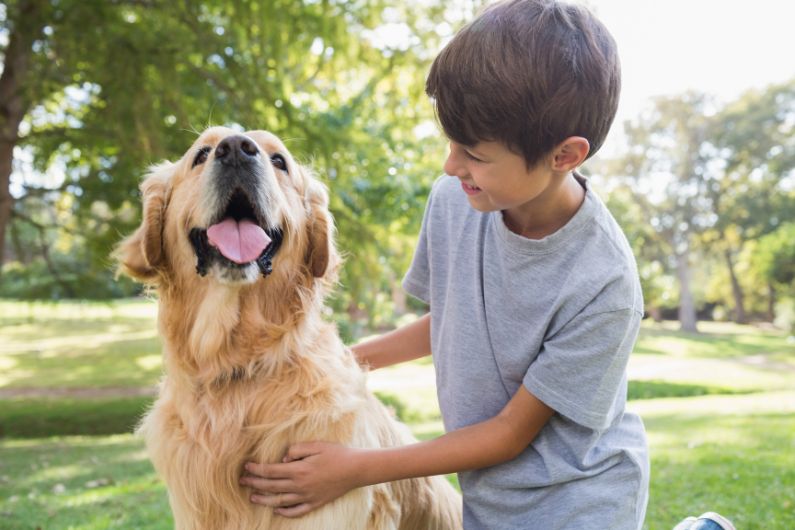One of the first considerations you make before getting a dog is whether your kids are ready for this new furry family member. Welcoming a dog into your home can bring joy, companionship, and a unique opportunity for your kids to learn responsibility and compassion. However, ensuring harmonious interactions between your children and the family dog can require guidance and patience. Here are some essential tips for helping your kids interact well with the family dog that foster a good relationship and keep the home a safe place for the dog.
Remind Your Kids To Be Gentle
Many kids are famously reckless, and this can be a problem when they interact with pets. Even with the best intentions, kids might overstep the dog’s boundaries. Therefore, remind your children that dogs, much like humans, have feelings and can experience pain, fear, and discomfort. Encourage your kids to pet the dog softly, avoid pulling on ears or tails, and approach the dog calmly. Essentially, you should teach your children to treat the family pet with the kindness and respect they show to human family members.
Teach Your Kids How To Interpret Dog Behavior
Dogs express their emotions in ways unique to dogs, and your kids might not understand how to interpret key signals. It can be like learning a new language for your kids. So teach them what different dog behaviors mean. For instance, a wagging tail can express happiness, while a tucked tail might indicate fear. You can also help them understand different categories of behavior, such as the intricacies of canine play behavior. By helping your kids become fluent in dog language, you empower them to interact with the dog more effectively and recognize signs that the dog may need space or is feeling playful. This knowledge reduces the chance of misunderstandings that could lead to fear or even nips.
Have Your Kids Take Some Responsibility for the Dog
Involvement in the dog’s care routine teaches your kids responsibility and strengthens their bond with the dog. Help them learn how to take care of dogs by assigning age-appropriate tasks, such as filling the dog’s water bowl, assisting with feeding, or joining in on walks. These activities help your children feel connected to the family pet and understand the work involved in caring for another living being. It also teaches your dog to respect and listen to all members of the family, reinforcing the idea that everyone plays an important role in the household.
Introducing a dog into your family comes with the responsibility to nurture positive interactions between your kids and the pet. These tips for helping your kids interact well with the family dog will make the relationship a joy for everyone.



Connect With Me !